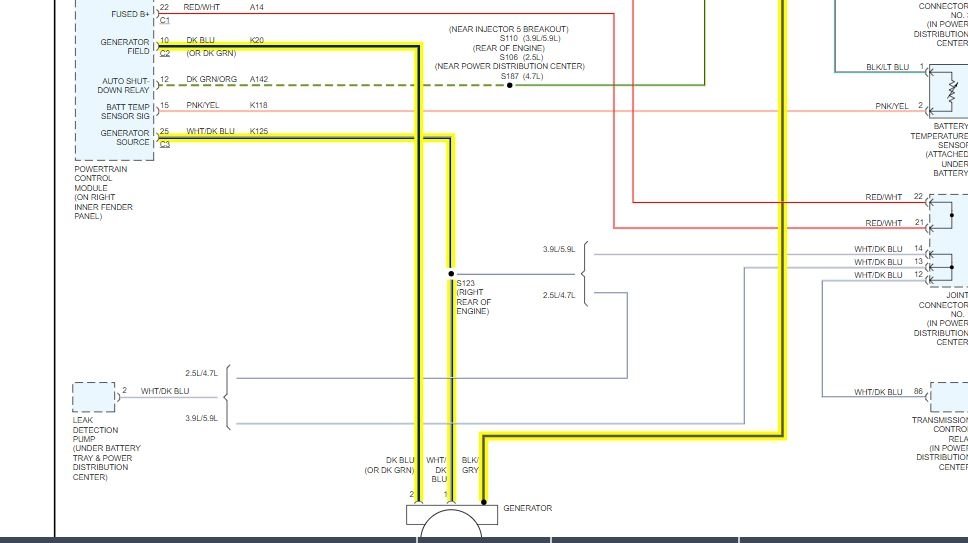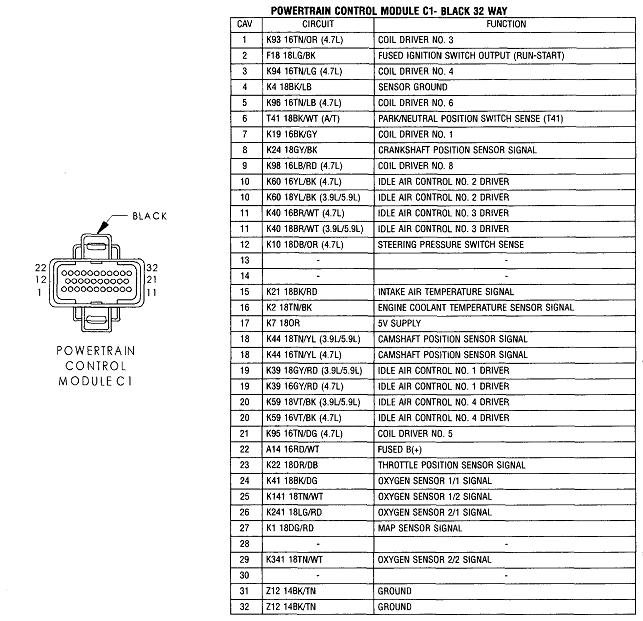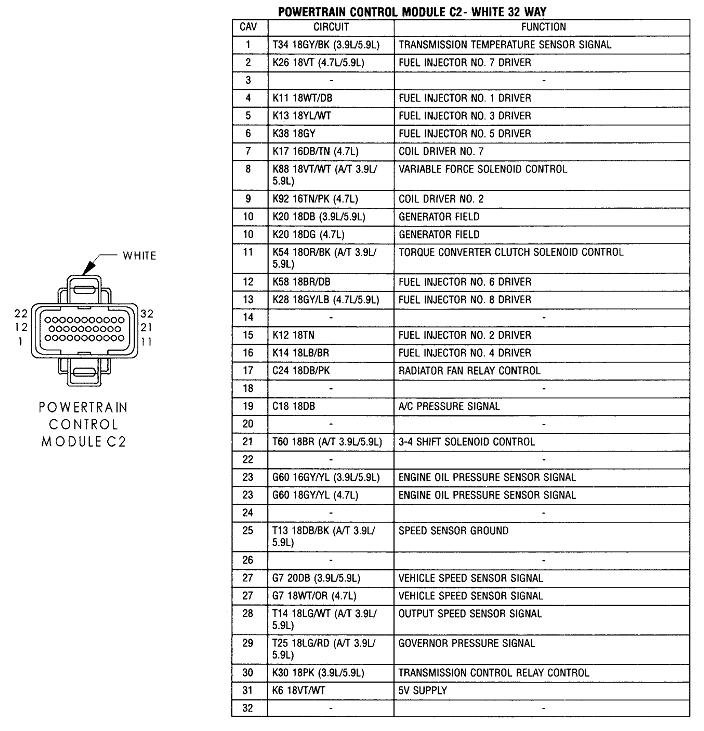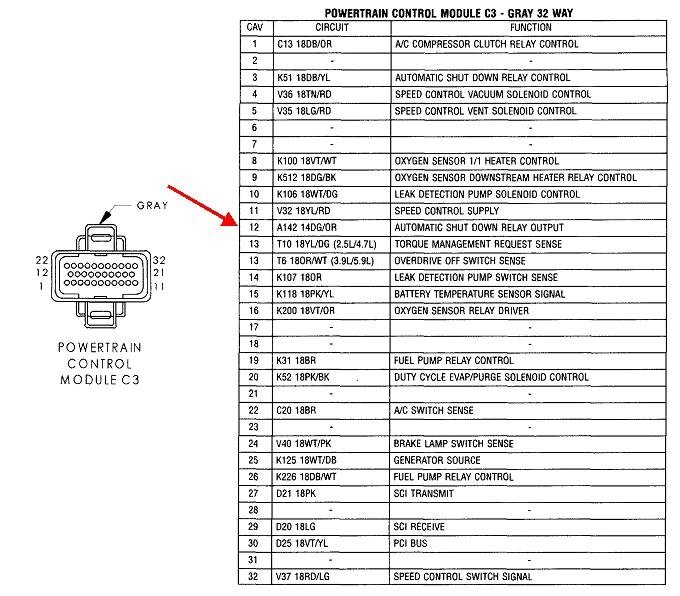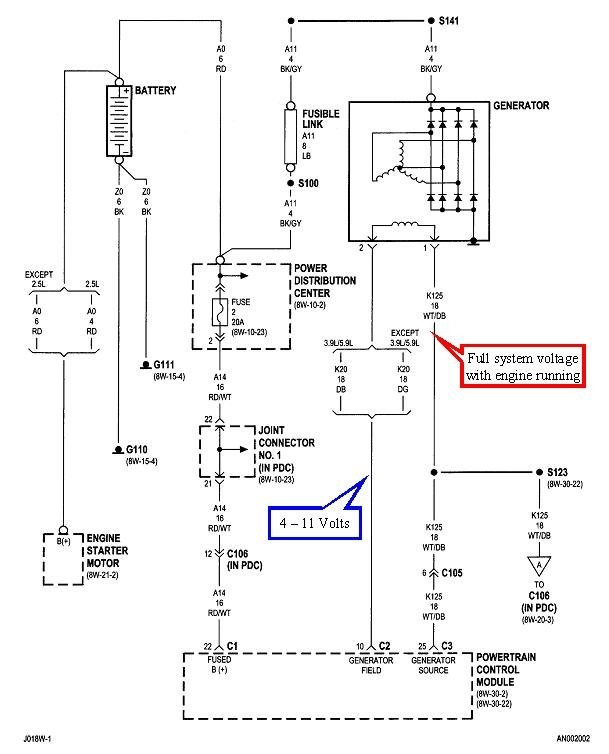I worked at the dealership from 1989 through 1999, and in that era there was extremely little trouble with Engine Computers. Can't say the same for '96 and newer Body Computers in the minivans. I did have a problem with the computer in my old rusty trusty '88 Grand Caravan. That one intermittently stopped reading the speed signal. The symptoms were the torque converter lockup clutch would disengage and the cruise control stopped working. A used computer cost me 25 bucks. I suspect you are also going to find a good used computer from a salvage yard will work just fine. To my knowledge, GM was the first manufacturer to trick customers with computers that had to be programmed to the vehicle by the dealer, but that didn't start until 2002 on some truck models. Chrysler has always been the industry's leading innovator with inventions that benefited the car owners, then the other manufacturers copied their designs a few years later. GM has always been the leading innovator in things that benefited GM after the sale. Of course other manufacturers eventually copy those things too, and eventually Chrysler did adopt computers that need to be programmed, but that should not apply to a 2001 model.
Speaking of Chrysler's innovations, they developed the "AC generator" for 1960 models, and copyrighted the term, "alternator". GM didn't have their version until 1964. Chrysler had the first electronic voltage regulator in 1970, the first electronic ignition system on Dodges in 1972, first lock-up torque converter in 1976, first anti-lock brakes in 1969, first air bags, and the list goes on.
Getting back to the problem at hand, there's one more thing you should consider. The voltage regulator always looks at system voltage in relation to ground, so you might want to check the voltages on the ground wires before replacing the computer. There's usually four of them; two are listed as "power grounds" and two as "signal grounds". There is always a little undesirable resistance in a wire and in its connection. When current flows through that resistance, a little voltage is "dropped" across it. It's that voltage you're going to measure, and ideally it should be 0.0000 volts. In practice, it won't be.
The power grounds are for circuits that are expected to carry high current intermittently. That includes ignition coils and injectors that are pulsed on and off, relay coils, solenoid coils, and sometimes small motors. None of those things are adversely affected by tiny changes in voltage. For example, suppose an ignition coil is fed 14.0 volts. The ground side goes through switching and monitoring circuitry inside the computer before it gets to ground, then, if there is enough resistance in the ground wire, suppose it drops 0.1 volts when current is flowing. That lowers the voltage seen across the ignition coil by 0.1 volts. That coil is not going to care in the least; it will work just fine.
Sensor circuits are a different story. MAP sensors in particular develop a very precise signal voltage based on intake manifold vacuum. It is sensitive enough that we could use it to measure engine speed because it can detect the tiny changes in vacuum each time a piston takes a gulp of air. 0.01 volt change is very meaningful to that sensor. Now, if it shared a ground circuit with the injectors and ignition coils, each time those were turned on and current flowed through them, the voltage that current causes to be dropped across the ground wire would be seen in the sensor circuits. That would cause all kinds of engine performance problems.
The voltage regulator shares the power ground circuit. It does its thing by turning the three amps of field current fully-on and fully-off around 400 times per second. Without getting into all kinds of exciting electrical theory, (unless you ask), this type of "switch mode" switching can be done easily with a very small, inexpensive transistor, and the circuit is very reliable. The same type of power supply was used in vcrs. Each time current flow is switched on, a little voltage is dropped across the ground wire. That small voltage will pulse up and down, then add the voltage drops from the ignition coil, and from the injectors, and you can see that circuit also can't be used with the circuit that monitors system voltage. That has to be part of the sensor's circuit, ... The signal ground.
In addition, there are usually two of each ground wires for redundancy in case one develops high resistance from corrosion. From taking computers apart to install "bugs" for my students to diagnose, I found the two power grounds are connected together inside the computer, so if one of those wires was cut, you will not lose some circuits. All the power circuits use both power ground wires, and all sensor circuits use both signal ground wires. Regardless, measure the voltages on all of the ground wires to be sure nothing gets overlooked.
Check terminals 4, 31, and 32 in connector C1. Now that I told you that wonderful story, I don't see a second signal ground wire. With only one wire, that would be a better suspect, but I'm pretty confident if it had enough resistance to cause a charging problem, you'd also have all kinds of running problems. Check it anyway for peace of mind.
I would expect to not find more than 0.1 or 0.2 volts on any ground wire. If you aren't sure if what you find is significant, watch if it changes when the problem comes and goes.
Friday, February 8th, 2019 AT 6:09 PM
